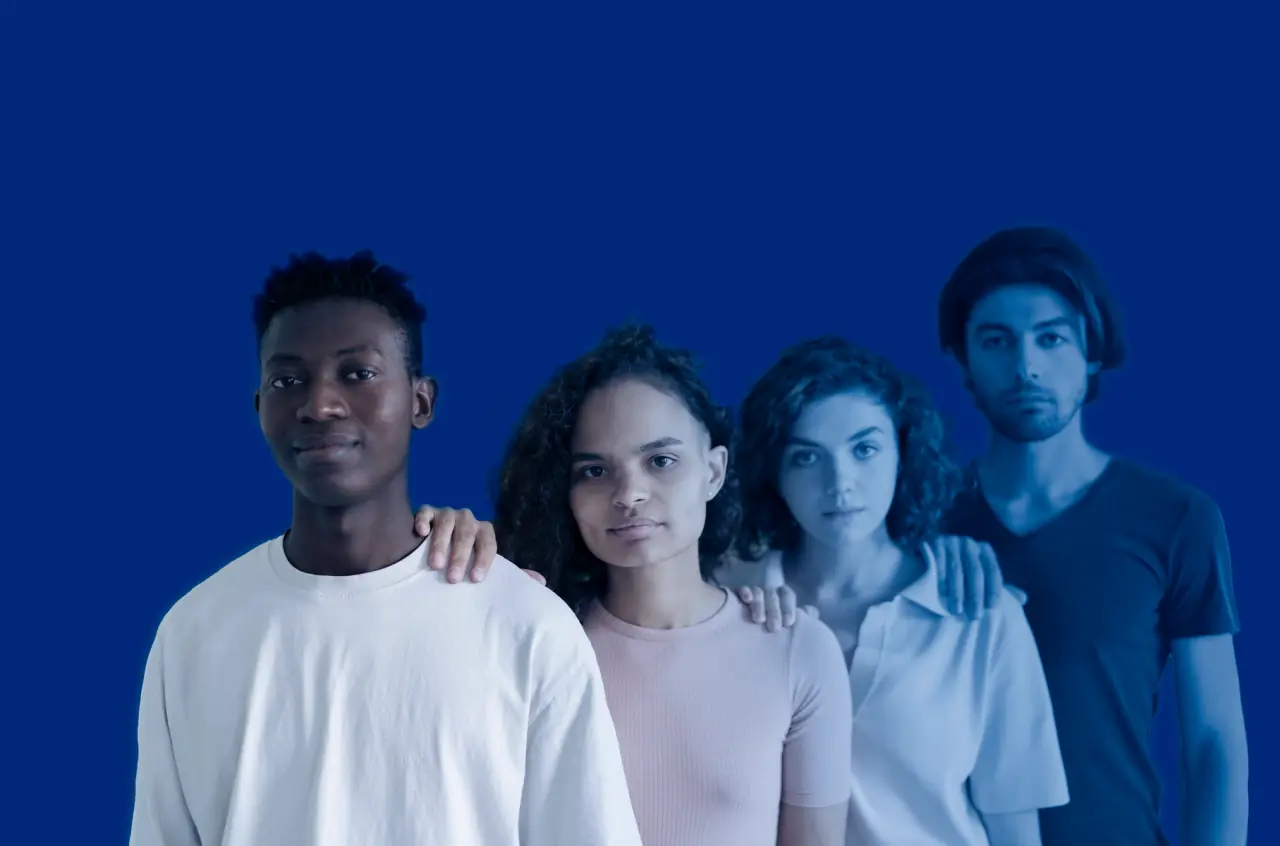To provide services at the highest level, we use cookies. Using the website requires you to choose settings related to their storage on your device. If you want to know what each type of cookie is used for, click the Details button below.
Neurodiversity – differences worth understanding30 kwietnia 2025 |

Neurodiversity refers to the natural differences in how the human brain functions, including ways of processing information, learning, and engaging in social interactions. This concept explicitly recognizes that these differences are not disorders but rather distinct thinking styles that can bring unique value to society.
Neurodivergent individuals are those who exhibit differences in brain function, such as ADHD, autism, dyslexia, Asperger?s syndrome, or Tourette?s syndrome. These individuals may process information and respond to external stimuli in ways that differ from the majority.
Neurodiversity itself is not classified as a disability. Instead of pathologizing differences in brain function, neurodiversity emphasizes their value and significance. However, some forms of neurodivergence, such as significant difficulties in social communication, may be considered disabilities in certain social or professional contexts.
From a psychological perspective, OCD is not considered neurodivergence. Obsessive-compulsive disorder (OCD) is classified as an anxiety disorder rather than part of the neurodiversity spectrum. While it is a brain-related disorder, its characteristics and symptoms differ from those typically discussed in the context of neurodiversity.
Neurodivergent conditions typically include autism, ADHD, dyslexia, Asperger?s syndrome, and Tourette?s syndrome. These conditions are often cited as examples of neurodiversity, where unique ways of processing information and engaging in social interactions are evident.